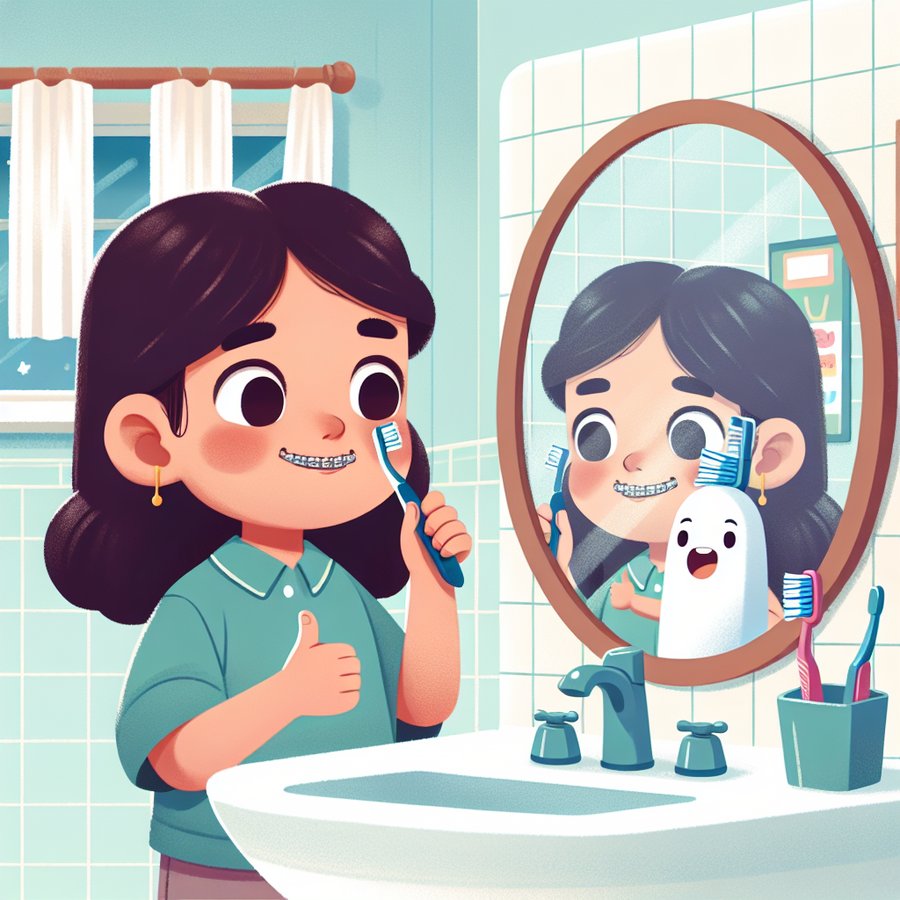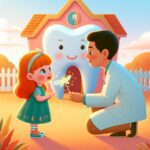Orthodontic issues in babies might not be the first thing on a new parent’s mind, but understanding and addressing them early can have significant benefits for your child’s future smile and dental health. From recognizing the early signs to finding the right treatment, this comprehensive guide is designed to navigate you through the world of pediatric orthodontic health.
What are Orthodontic Issues?
Orthodontic issues involve abnormalities related to the teeth and jaw alignment. These can range from minor problems like slightly crooked teeth to more serious conditions such as malocclusion (bad bite) or jaw growth problems. Understanding these issues is crucial for early intervention, which can lead to better outcomes for your child.
It’s essential for parents to monitor their child’s dental development from an early age. Regular check-ups with a pediatric dentist or an orthodontist can help identify any potential problems before they become more serious. Early detection and treatment can prevent more extensive orthodontic work in the future.
Common Orthodontic Issues in Babies and Toddlers
Babies and toddlers can face a range of orthodontic issues, some of which are more common than others. These include but are not limited to thumb sucking, pacifier use beyond the recommended age, and tongue thrusting. Each of these habits can influence the development of your child’s teeth and jaw.
Another less commonly discussed issue is ankyloglossia, or tongue-tie, which can affect a baby’s oral development and later lead to orthodontic problems. It’s important for parents to be aware of these conditions and consult with healthcare providers for assessment and possible treatment.
Signs Your Child Might Have Orthodontic Issues
There are several signs that may indicate your baby or toddler has orthodontic issues. These include difficulty in nursing, noticeable misalignment of teeth, and difficulty in speech development. Early detection is key in treating orthodontic issues effectively, so paying attention to these signs can make a significant difference.
Another indicator could be your child’s breathing pattern. Children with orthodontic issues may tend to breathe through their mouths rather than their noses. This habit can affect facial growth and development, leading to further orthodontic problems. Consulting with a professional upon noticing these signs can provide early intervention options.
Treatment Options for Orthodontic Issues in Children
Treatment for orthodontic issues varies depending on the age of the child and the severity of the problem. In some cases, observation and minor adjustments are all that’s needed. In others, more involved treatments like braces or special appliances may be recommended to guide the growth of the jaw and the alignment of the teeth.
For babies and toddlers, early interventions might include exercises to encourage proper tongue placement, the use of orthodontic pacifiers, or even simple adjustments to feeding techniques. More information on these treatment options can be found here. It’s important to work closely with your child’s healthcare provider to determine the best course of action.
Preventing Orthodontic Issues in Babies
Prevention is always better than cure, especially when it comes to orthodontic issues. Encouraging good oral hygiene from a young age, monitoring the use of pacifiers and thumb sucking, and ensuring proper nutrition can all contribute to healthy dental development. Regular dental check-ups are also crucial in preventing orthodontic problems.
Another preventive measure is being mindful of your baby’s milestones, such as the transition from bottle to cup feeding, which can affect oral development. Resources such as bottle-feeding advice and breastfeeding support can provide helpful tips for promoting healthy oral habits from the start.
In summary, while orthodontic issues in babies may seem daunting, early detection, proper intervention, and preventive measures can significantly impact your child’s oral health positively. By staying informed and proactive, parents can help ensure their child’s smile remains bright and healthy for years to come.













